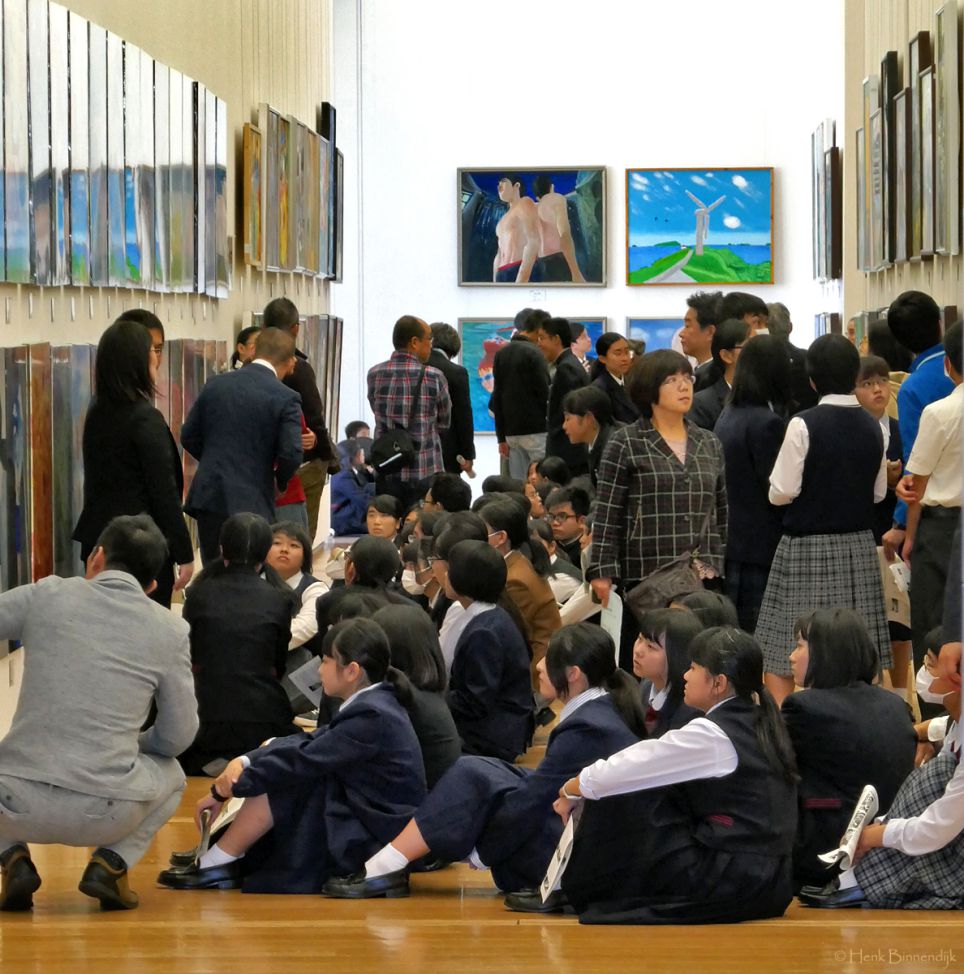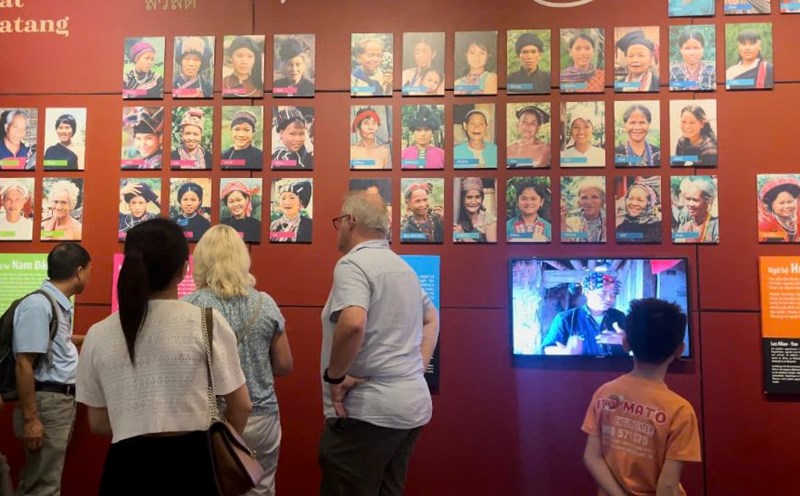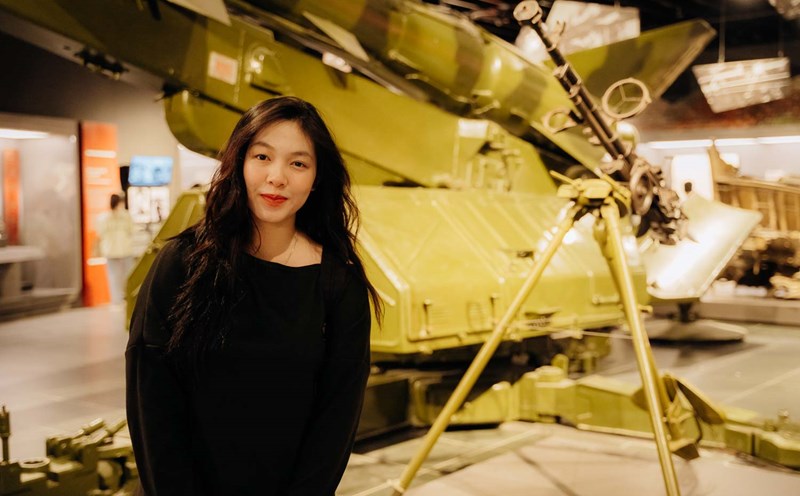This orientation is not only in line with the lifelong learning trend but also contributes to improving the effectiveness of transmitting historical and cultural knowledge to the masses. These are useful lessons for the development and direction of the museum system in Vietnam.
The museum's educational mission
First of all, museums need to clearly define their mission of providing learning opportunities for the public. According to the definition of the International Council of Museums (ICOM), a museum is "a non-profit organization, operating regularly to serve the visiting public, serving society and the development of society, with the function of collecting, preserving, researching, communicating and displaying tangible and intangible heritages of humanity along with the human living environment for the purposes of education, research and enjoyment". Thus, in addition to traditional tasks such as collecting, preserving, researching, museums need to focus on developing educational activities to serve the public. This requires museums to have a clear, feasible strategy for building experiential activities, with appropriate investment of resources. In particular, in the current trend, visitors are no longer passive when visiting exhibitions, they actively want to learn, are ready to dialogue, and exchange to better understand and deepen the content on display. Therefore, museums need to clearly define their mission as providing learning opportunities that serve the diverse needs of the public, with their participation in both the planning and implementation of activities.
To effectively carry out this mission, museums need to adhere to some important principles in planning and organizing learning activities. According to modern museology theory, there are three main functional areas related to learning in museums that need to be focused on: Accessibility, Implementation and Implementation Solutions.
In terms of accessibility, museums need to connect closely with the community, listen to social needs, and provide diverse content suitable for many different audiences. In terms of implementation, museums need to focus on developing a team of educational experts, applying modern methods and technologies in knowledge transmission. In terms of implementation solutions, museums need to clearly define educational goals in their development strategies, build programs that are suitable for the public's learning needs, and continuously evaluate and improve the quality of their operations.
The success of museums around the world
The French education system has integrated museum visits into the formal curriculum for students from the age of 6, and in some places even from the age of 3. Each school year, children are required to visit at least one cultural and artistic site, especially a museum. This policy aims to enhance children's understanding and experience of cultural and artistic heritage. Museum visits are not limited to a few hours but are also linked to rich learning activities. Students are assigned assignments or projects, which can be done independently or in groups. Some large-scale projects can last throughout the school year, giving students the opportunity to research in depth and apply knowledge from the visit to their studies.
A typical example is the educational program "A Children's Day in the City Market in 1864" at the Old City Museum, Denmark. This program allows students to play the role of historical figures, experiencing the daily life of 19th-century city dwellers through activities such as food, school, and social interaction. In this way, the museum has created a lively learning environment, helping students visualize the past in an intuitive and interesting way. The program has attracted the participation of hundreds of classes each year, and has expanded its scope to many different subjects such as full-day classes, foreign language classes, and rehabilitation classes for children.

Another example is the “TV News” program at the Danish Media Museum. Here, students experience the process of producing a television news program, from choosing roles (journalist, editor, presenter, cameraman), conducting interviews, making news, editing and broadcasting on the Internet. Through this activity, students not only understand the news process but also recognize the importance of information, journalistic ethics and news analysis and evaluation skills. The program has attracted the participation of dozens of classes each year, and also expanded the opportunity for independent visiting groups to experience it.
Lessons from these modern museum models show that, in order to build effective educational programs, museums need to focus on creating multidimensional, interactive, and life-related learning experiences. This requires innovation in management thinking and implementation methods of museum staff. Each professional staff needs to identify the task of providing learning opportunities for the public in all their activities. The curator needs to clarify the historical philosophy and educational goals of the museum. The designer of the exhibition space must put himself in the role of the visitor, creating conditions for the multidimensional reception of historical information. In particular, staff directly implementing the educational program need to be clearly aware of their role as a bridge between the exhibition content and visitors, flexibly adjusting the communication method to suit the diverse characteristics of the learners.
Lessons from modern museum models show the trend of shifting from "a place to preserve the past" to "an interactive learning space". By creating multi-dimensional experiences, closely connecting with the community and applying modern technology, museums can effectively promote their educational role, contributing to raising public awareness of history and culture. This is the direction that Vietnamese museums need to research and apply creatively, in order to continuously improve the quality of their operations, meeting the diverse learning needs of society in the new era.
In 2024, the International Council of Museums (ICOM) encourages museums around the world to develop activities under the theme “Museums for Education and Research”, showing the importance of considering museums as places serving human educational activities.











